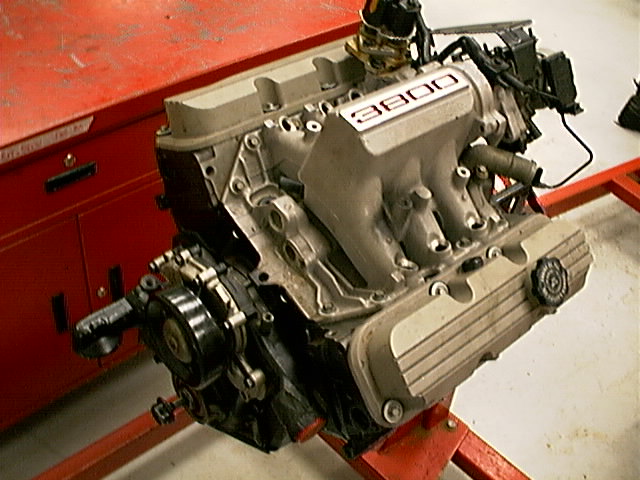JerryJS8
der Junge
- Joined
- Sep 12, 2004
- Location
- Normal Saxony
Well then you'll be wanting to delete the resistor pack to use those.
Here's a link if you're not up on how to do that.
Hope that fixes it for you. But if your FPR is fuctional, doesn't seem like much else can be causing that...
Here's a link if you're not up on how to do that.
Hope that fixes it for you. But if your FPR is fuctional, doesn't seem like much else can be causing that...

